In 1945, Alice Brooks McGuire, a librarian and director of the University of Chicago Library’s Center for Instructional Materials, began reviewing children’s books as an aid to teachers and school systems. Collected into a memorandum for the University of Chicago’s Education Department and Laboratory Schools, the reviews generated considerable interest. This led to a process of formalization: in December 1947, Alice McGuire and Mary Katherine Eakin, a 1946 University of Chicago BLS graduate and librarian at the university’s Reader’s Center, published Volume 1, Number 1 of what was titled the Service Bulletin of the Center for Instructional Materials. The newsletter, which was prepared on a typewriter, promised to appear “on the 15th of each month with the exception of August.”1
As the Service Bulletin attracted a larger readership through distribution by mail, the Center for Instructional Materials became a space where librarians, teachers, parents, and community members gathered to consult reviewed books. McGuire left Chicago for the University of Texas in 1949, and the Center for Instructional Materials, now under the direction of Eakin, was renamed the Children’s Book Center. At the time, the Center received from publishers approximately 75 percent of the 900+ new children’s books appearing in the United States annually. As Eakin described, “The books are thoroughly read and evaluated in terms of the needs and interests of children at home and at school.”2 Joining Eakin in the assessment of new children’s titles were a range of professionals including the Center staff, faculty at the Graduate Library School and Laboratory School, employees of the Department of Education, and occasionally, the children and librarians from public libraries and schools who visited the Center. Eakin worked with a committee of fellow librarians, including Frances Henne, to prepare the reviews published in each issue of the Service Bulletin.
During the early 1950s, the Center established a policy of retaining books received from publishers, and particularly those “Recommended” in Service Bulletin reviews. At the end of a five-year period, all Recommended titles were re-evaluated and selected either for continued retention in the collection or for withdrawal. Discarded materials (including those not recommended or reviewed by the Bulletin) were sent to the Midwest Inter-Library Center, located close to the University of Chicago campus. By December 1956, the Children’s Book Center had 2,040 subscribers to its Service Bulletin.3
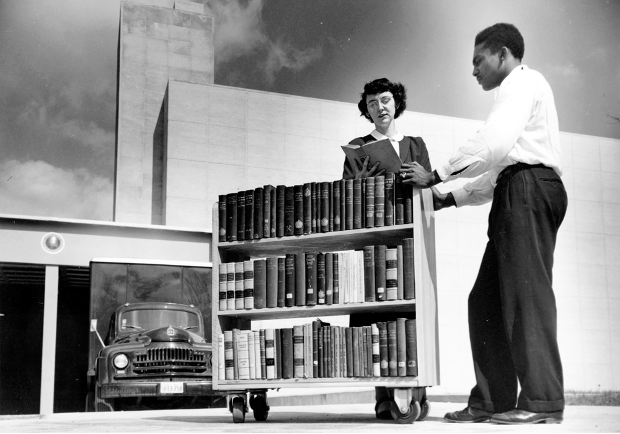
Source: University of Chicago Photographic Archive, [apf2-05186], Special Collections Research Center, University of Chicago Library.
For the next seven years the Bulletin and the Children’s Book Center continued to expand. The staff, moreover, bolstered the Bulletin’s reputation by its prescience in identifying newly-released books of historical significance. A notable example is E.B. White’s Charlotte’s Web. From the Bulletin review:
The next phase of what would become known as the Center for Children’s Books began in 1958, with the arrival of Zena Bailey (later Sutherland). During her tenure at the Center and the University of Chicago, Sutherland would come to command tremendous influence in the world of children’s books.
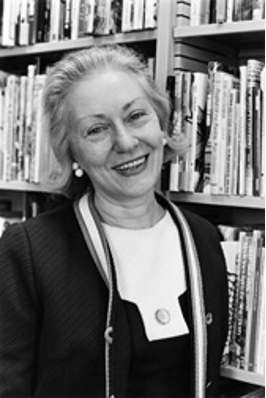
Source: University of Chicago Photographic Archive, [apf1-11205], Special Collections Research Center, University of Chicago Library
A book lover from childhood, Sutherland earned a bachelor’s in English Literature from the University of Chicago in 1937 and then returned to complete a graduate degree in Library Science after raising her children. Although she had planned to specialize in medical librarianship, she took Professor Sara Fenwick’s course in children’s materials and greatly impressed her instructor, which led to a change in her career path. When Eakin left the Children’s Book Center in 1957 for a position at Iowa State Teachers College (now the University of Northern Iowa), Fenwick, an advisory committee member, suggested that her student, Sutherland, might fill the vacant position. She did, and Sutherland quickly exceeded expectations. After a few months assisting Fenwick, Sutherland assumed the title of Bulletin editor in the summer of 1958.
Between 1958 and her retirement in 1985, a period of considerable expansion in children’s book publishing, Sutherland wrote a remarkable 30,000 reviews, or about 20 a week.4 The Bulletin expanded in size but Sutherland continued her practice of single-handedly penning all reviews, and she did so, protégés attest, with unwavering certainty in her professional judgment.5 As in the past, an advisory committee met weekly to examine books and discuss the Bulletin reviews prepared, but the journal’s growing reputation largely came to rest on Sutherland’s shoulders. By the 1960s, the Bulletin had become a nationally-recognized source of critical book reviews with just over 7,000 subscribers. In 1981, shortly before Sutherland stepped down as editor, the Bulletin’s circulation exceeded 10,000.6
A new crop of talent took the reins from Sutherland and carried the Center for Children’s Books and its Bulletin into the twentieth century’s end and twenty-first century’s beginning. This period marked yet another moment of tremendous growth in children’s and young adult publishing, what some have dubbed the Third Golden Age.

Source: University of Chicago Photographic Archive, [apf1-10035], Special Collections Research Center, University of Chicago Library
Betsy Hearne took the helm as Bulletin editor in 1985 and oversaw a number of critical changes, including the Center and Bulletin’s successful move from Chicago to Urbana-Champaign following the 1990 closure of the University of Chicago Library School. A recognized expert in folklore, Hearne had graduated with a BA from College of Wooster in Ohio (1964) and, following several years employment at a public library, an MA from the University of Chicago’s Graduate Library School (1968). She served as the children’s book editor at Booklist, an American Library Association publication, before returning to the University of Chicago to complete her doctoral studies in Library Science in 1979.
The Bulletin flourished under Hearne’s editorship, 1985-1994. She innovated editorial practices by establishing a policy of reviewing books from publisher galleys, a change that enabled reviews to be printed in advance of or coinciding with a book’s release. Reviewing also became more collaborative. While Hearne wrote a great number of reviews herself, she also expanded the role of the Bulletin’s advisory committee, which evolved into a team of reviewers who developed areas of expertise in book evaluation. Weekly Bulletin meetings continued with reviewers now gathering to both discuss new books and receive feedback on their individually-authored reviews, which would appear in the Bulletin signed with their initials. The Center for Children’s Books continued to provide materials and guidance to librarians, students, and faculty, who often gathered in the Center’s reading room. Both at the University of Chicago, until 1992, and in Urbana-Champaign, until her 2007 retirement as Center for Children’s Books director, Hearne maintained an active research agenda and mentored master’s and doctoral students, making the CCB a hub of both book evaluation (at the Bulletin) and research in folklore and youth services librarianship. Hearne’s influence on students also extended beyond Urbana-Champaign: she taught the first online course in children’s literature for the School’s innovative, online master’s degree, nicknamed “LEEP” ( Library Education Experimental Program).
Hearne was joined at the CCB by remarkable partners, including Roger Sutton, who began his relationship with the Bulletin as Sutherland’s assistant. After Hearne assumed the editorship, Sutton contributed Bulletin reviews for a number of years before joining the staff full time, as executive editor. Sutton had earned his MS in Library Science at the University of Chicago and was employed as a children’s services specialist and branch manager at the Chicago Public Library. Sutton played a key role in assisting Hearne in relocating the Bulletin to Urbana-Champaign, but in 1996, he departed to become a long-serving, and influential, editor-in-chief of Horn Book Magazine.

Source:CCB Archives, University of Illinois at Urbana-Champaign
Deborah Stevenson’s relationship to the Bulletin began in 1989, when she was a doctoral student in English at the University of Chicago. Her first years at the journal were marked by dynamic collaborations with Hearne and Sutton as she served first as assistant and then as associate editor. Ultimately, her career with the Bulletin would span a staggering three decades, from 1989-2021 (editor 2001-2021). Under her leadership, the Bulletin began publishing in print and online simultaneously: the era when libraries (school or public), let alone individuals, subscribed to book review journals was waning. In 2015, for example, just 61 individuals subscribed to the print journal, 963 libraries subscribed to the Bulletin as a standalone publication (either digitally or in print), and 2420 institutions received Bulletin subscriptions as part of a Project Muse digital humanities package.
But even as academic journals struggled to make ends meet, children’s publishing was exploding. While the earliest Bulletin staff chose from among 900 new children’s books for their reviews, Stevenson and her staff chose from more than four times that number. Stevenson’s final year at the Bulletin coincided with the COVID-19 pandemic, which both upended the publishing industry and challenged every practice of producing the Bulletin, from the sacred in-person meetings to examine books and peer-review copy to the steady arrival from publishing houses of the print galleys and (physical) books that demanded processing and evaluation before reviews could be assigned.
Stevenson’s editorship of the Bulletin coincided with administrative reorganization. Beginning in 2001, the CCB had both a director of the Center and editor of the Bulletin. The new position of Faculty Director coordinated the day-to-day operations of the Center’s non-circulating collection and spearheaded research and outreach efforts. The directorship position was held by professors Janice Del Negro (2001-2004), Betsy Hearne (2004 to 2007), and Christine Jenkins (2007-2010).8 In 2015, with the retirement of Jenkins, a new faculty member was not appointed director. Instead, reverting to an earlier organizational model for the CCB, Stevenson herself assumed the responsibilities of directorship while also editing the Bulletin.
With Janice Del Negro as Bulletin editor (1996-2001) and CCB director (2001-2004), storytelling—an art often taught in youth services librarianship courses—became an important secondary focus of the CCB. Del Negro arrived at the University of Illinois in 1996, after serving as the Assistant Head of Systemwide Children’s Services at Chicago Public Library and as a consultant for the State Library of North Carolina. Del Negro was recognized as a professional storyteller and in 1998, her picture book Lucy Dove won the Anne Izard Storytelling Award.9 While at the Center, Del Negro published Storytelling Review (1999), which evaluated storytelling audiorecordings in much the same way the Bulletin reviewed children’s literature. Del Negro also organized a Valentine’s Day storytelling concert that featured different professional tellers. After Del Negro left Urbana-Champaign for a professorship at Dominican University in 2004, the Storytelling Festival was overseen by Betsy Hearne, drawing on students from her storytelling classes. Starting in 2007, new faculty member Kate McDowell—who first worked at the CCB in 1999 as a master’s student and reviewed for the Bulletin both as a children’s librarian in the field (1999-2002) and later as an Illinois faculty member (2007-2009)—took over and further developed aspects of the Festival, with storytellers sharing personal and culturally-significant stories as well as performing traditional tales.
Between 2008 to 2015, the CCB expanded directions again, engaging in a series of outreach efforts in connection with children’s books and literacy. Funded by a generous donation from Illinois alum Bill Stewart and his wife Mary, an outreach graduate assistantship position was established at the CCB. Each of the students who filled this position shaped his/her/their own service portfolio, but their projects on and off campus raised awareness about the Center’s book collection and faculty and students’ areas of research interest. The CCB student assistants supported the campus Youth Literature Festival, ran storytelling events on campus and in Urbana-Champaign, facilitated CPDU workshops for educators and librarians, offered bilingual story hours at local public libraries, and collaborated with the local non-profit Tap In Leadership, supporting young adults with literary engagement and project learning.
The second half of the 2010s was marked by transformation both at the Center for Children’s Books and the Graduate School of Library and Information Science, which in 2016 would capture the change with a new name: the School of Information Sciences, or “iSchool.”10 Revered youth services professors Betsy Hearne and Christine Jenkins retired, in 2007 and 2015, respectively, and the next generation of youth services faculty began to arrive. They joined current youth services faculty members Kate McDowell (PhD, Library and Information Science, Illinois) and Carol Tilley (PhD, Information Science, Indiana).
New faculty reflected larger shifts in motion, both in the profession and at Illinois. Literary scholar Elizabeth Hoiem (PhD, English, University of Illinois), whose research focuses on both the history of children’s literature and material culture and digital humanities pedagogy, joined the faculty in 2014, and social scientists Rachel M. Magee (PhD, Information Studies, Drexel) and Kyungwon Koh (PhD, Library and Information Studies, Florida State University), joined the faculty in 2015 and 2018, respectively. Together, the appointments expanded the iSchool’s traditional youth services’ focus on print media and storytelling to encompass digital youth, the maker movement, social computing, and human information behavior. Faculty were increasingly contributing to the high-profile interdisciplinary research work of the iSchool during a time of explosive interest in all forms of information, sustaining Illinois’ ranking as the #1 graduate program in youth services librarianship by U.S. News and World Report.11 In a departure from the past, none of the new faculty members counted evaluating contemporary children’s literature as part of their professional identity, and they did not review for the Bulletin.
In 2019, anticipating the retirement of CCB director and Bulletin editor Deborah Stevenson and responding to new trends in youth services librarianship, the iSchool named Sara L. Schwebel (PhD, History of American Civilization, Harvard) to the directorship of the Center for Children’s Books. As one of the iSchool’s three research centers, the CCB was charged with making a twenty-first century transformation. The 2020 COVID-19 pandemic, which coincided with Schwebel’s first year in the position, underscored the way publishing, academic culture, and digital work was confronting new realities. Schwebel and the interdisciplinary-diverse youth services faculty are currently mapping the next chapter of the 75-year-old Center for Children’s Books.
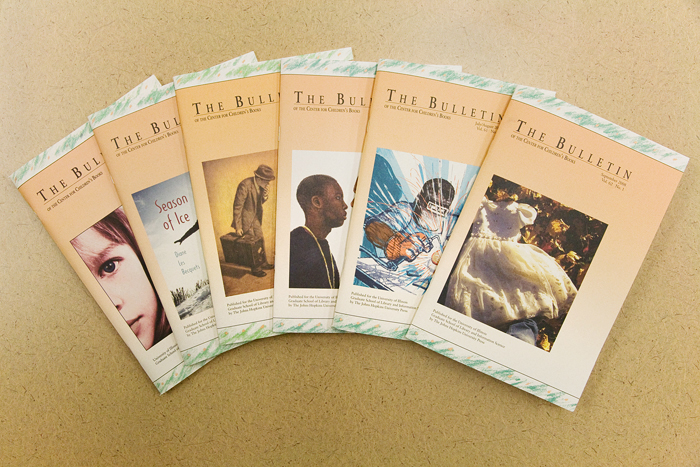
The CCB publishes the Bulletin of the Center for Children's Books, a children's book review journal founded in 1945.
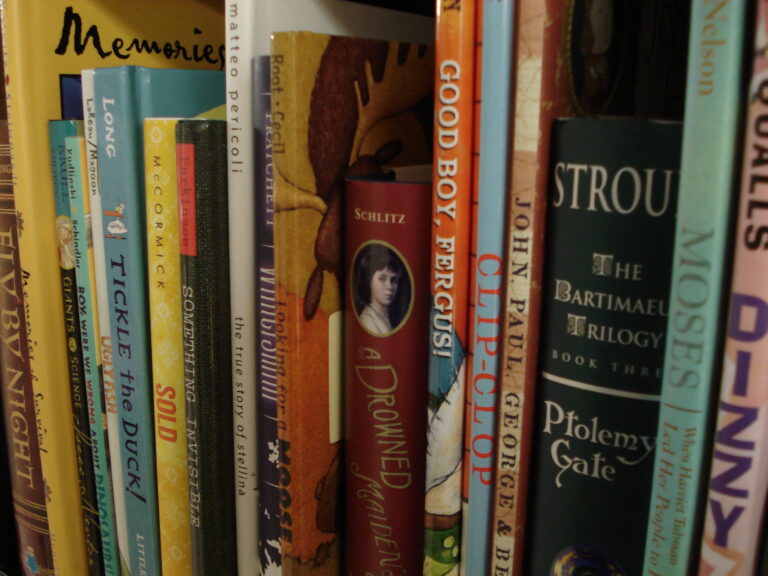
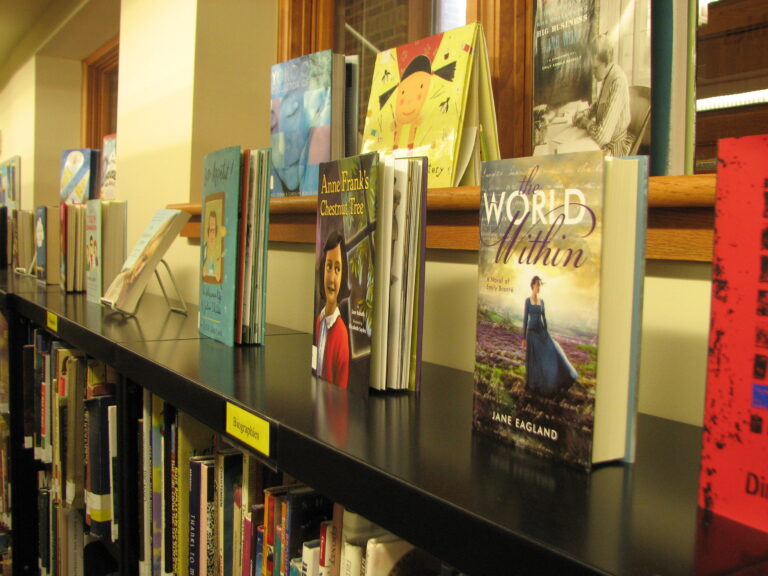
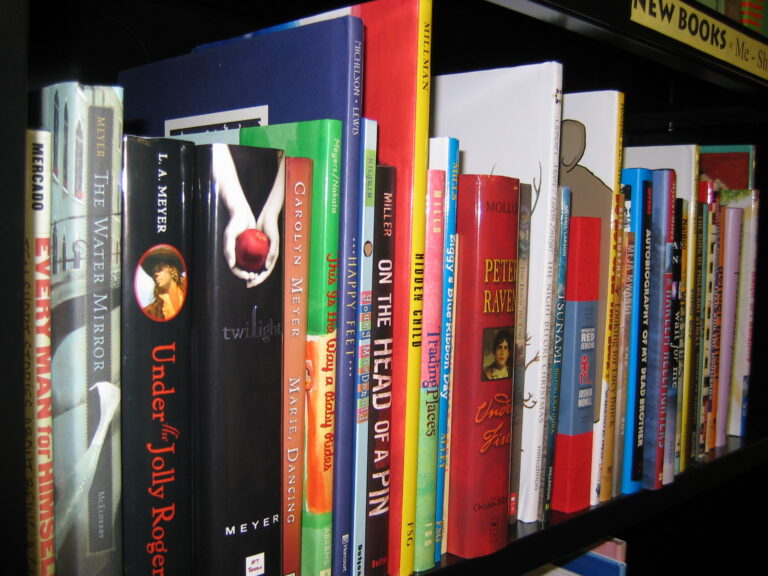
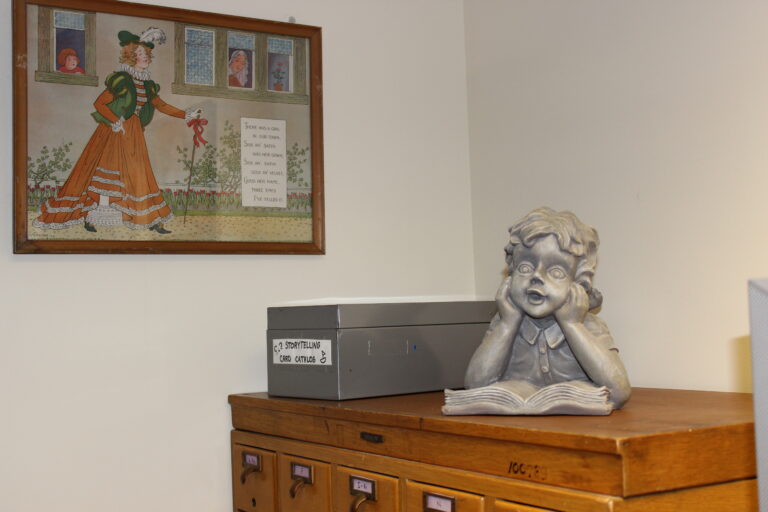
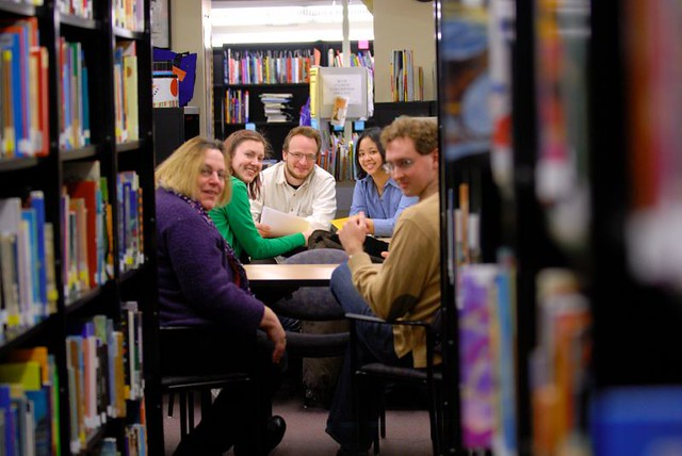
Works Cited
1 Ann D. Carlson, “Zena Sutherland: Reviewer, Teacher, Author,” Library Trends 44, no. 4 (1996): 779.
2 Mary Eakin, “Judging Books for Children,” University of Chicago Magazine 44 , no. 3 (1951): 10.
3 Rachel Ernst to Mary Eakin, 7 Jan. 1957, “re: Report of Subscriptions,” Betsy Hearne Papers, 1941-2017, Record Series 18/1/38, Box 8, University of Illinois at Urbana-Champaign Archives.
4 Carlson, 780.
5 See, for example, “Roger Sutton Reflections,” 75th Anniversary Exhibit.
6 Ron Pies to Zena Sutherland, 16 Nov. 1965, “Print Order,” Betsy Hearne Papers, 1941-2017, Record Series 18/1/38, Box 8, University of Illinois at Urbana-Champaign Archives; “BCCB Circulation,” Betsy Hearne Papers, 1941-2017, Record Series 18/1/38, Box 8, University of Illinois at Urbana-Champaign Archives.
7 Despite these staggering numbers, the Bulletin received from publishers a smaller percentage of newly released books than they had in the CCB’s earliest days. In 2016, for example, new children’s titles numbered more than 27,000 and new young adult titles numbered nearly 5,000 (Leonard S. Marcus, Minders of Make Believe: Idealists, Entrepreneurs, and the Shaping of American Children’s Literature [Boston: Houghton Mifflin, 2008], 104 and Rebecca L. Thomas, ed. Library and Book Trade Almanac 62 [Medford, New Jersey: Information Today, 2017], 313.)
8 Christine Jenkins received her MS and PhD in Library and Information Studies from the University of Wisconsin-Madison and an MA in English and Literature from Eastern Michigan University. As an associative professor at the iSchool, Jenkins taught courses in youth services and was affiliated with the Gender and Women’s Studies Department at UIUC. She is the co-author of The Heart Has Its Reasons (2006), Top 250 LGBTQ Books for Teens (2015), and Representing the Rainbow in Young Adult Literature: LGBTQ+ Content Since 1969 (2018). https://ischool.illinois.edu/news-events/news/2018/06/jenkins-publishes-resource-young-adult-literature-lgbtq-themes.
9 “Illinois Library Luminary Honorees,” Illinois Library Association, https://www.ila.org/support-ila/illinois-library-luminaries/illinois-library-luminary-honorees.
10 “History,” University of Illinois Urbana-Champaign, School of Information Sciences, https://ischool.illinois.edu/our-school/history.
11 “Best Youth Library Services Programs,” U.S News and World Report, https://www.usnews.com/best-graduate-schools/top-library-information-science-programs/children-youth-service-rankings.
